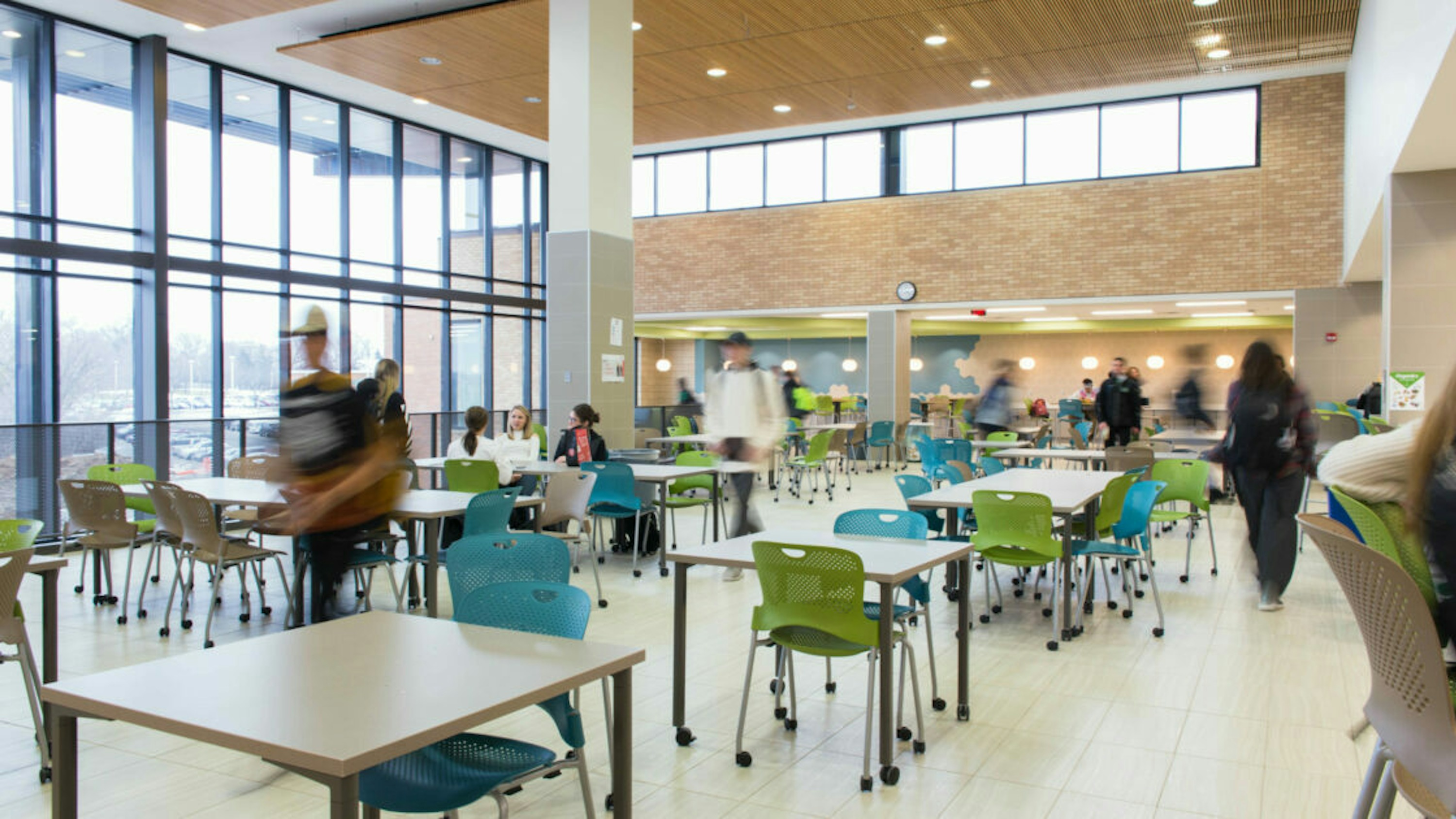
One of Wold’s core values is to go above and beyond to provide superior service that exceeds expectations. As part of our commitment, we monitor changes and trends in the industry to stay ahead of the curve.
As we continue to work with our clients to create innovative education designs of the future, we’ve begun to advance lessons learned from COVID into actionable improvements and change in schools across the country. With this in mind, we asked Wold education leaders Vaughn Dierks, AIA, LEED, AP, Partner, Job Gutierrez, AIA, LEED AP, Partner, and Alison Andrews, Educational Planner, for their input on the following question:
Here’s what our team said:
Learning environments are transforming to create blended, flexible spaces
There has been a merging in the world of school and home, and an interesting design challenge has been infusing large high schools with a home-like feel, exploring concepts like the kitchen table (or island) and the bedroom (comfy, individual spaces). We expect to see more flexible/comfortable environments that mimic the comforts and various atmospheres that home learning environments provide.
In-person and distance learning will continue to coexist
School went home (and home had to adapt) and now home is coming to school. There’s a merging of these two worlds that has been a focus of a few recent projects. We’re seeing an increasing need for support space (extra teachers, aides, social workers, counselors, etc.) to address hybrid learning models and increased social & emotional learning needs.
The socio-economic gap continues to grow after the pandemic, especially in urban schools
Communities with a high percentage of “at-risk” students are being hit hard and putting pressure on the architectural program. The increased need for “wrap-around” programs like mental health counselors, food banks, clothing, academic coaches, etc. requires architects to think holistically when designing schools. These spaces should be planned in conjunction with the instructional spaces.
Equity, diversity and inclusion is driving evolving design
With ED&I at the forefront of many conversations, we are seeing a continued push toward non-gendered or privacy spaces, including restrooms and locker rooms, in addition to access to career ready curriculums (CTE, Industrial Tech, etc.) to provide students with a more well-rounded experience and better prepare them for careers following graduation.
Renewed appreciation for increased ventilation in the classroom comes at a steep price
Updating and navigating aging HVAC systems to improve air quality and ventilation, especially in older schools, is creating budget challenges. The recent hyperinflation in construction doesn’t leave much room for change, especially when some projects are coming in at $700/SF for construction only.
Our expert team is committed to serving as a trusted advisor to our clients and industry partners. Do you have a question you’d like to submit for our series or want to connect further with our team? Get in touch today!